By Andreas Ziegler and Jazmin Seijas Nogareda
IEEE Engineering Management Review, Vol. 41 No. 2, Second Quarter, June 2013, p. 72-86
The authors seek to explore causal effects of adoption of environmental management systems (EMS), voluntary environmental programs (VEP), and a specific VEP known as Eco-Management and Audit Scheme (EMAS), specifically asking if such measures could be ‘reversely affected’ by environmental product or process innovation. An empirical literature review is also referenced. Ultimately the data seems to indicate some ambiguity to the question.
The paper offers a series of hypotheses related to the main question, then shows data collected through ‘econometric analysis’ of primarily German companies with ISO-14001 certification. The data is examined in order to understand simple and complex correlations, if any, encourage adoption of EMS and VEP if proven advantageous. Those most interested in such a question would include strategic planners at manufacturing companies, and regulatory bodies who may see motivation to encourage adoption though tax incentives.
The paper offers insights from literature review and specific data. The number of companies in the survey constitutes a large subset of the German economy. The authors themselves, however, note how the relationships among their chosen variables are complex, and limiting the variables further could mask actual causation. The authors are asking the right questions even if they cannot definitively point to specific causal relationships. From the perspective a scholar in the field of Science, Technology and Society (STS), the ideas directly relate to sociological interaction of policy (public and private), economic factorial influence on technological development, and a perceived need for scientific investigation into the specifics of environmental impact of process and policy implementation.
| ems-vep.pdf |





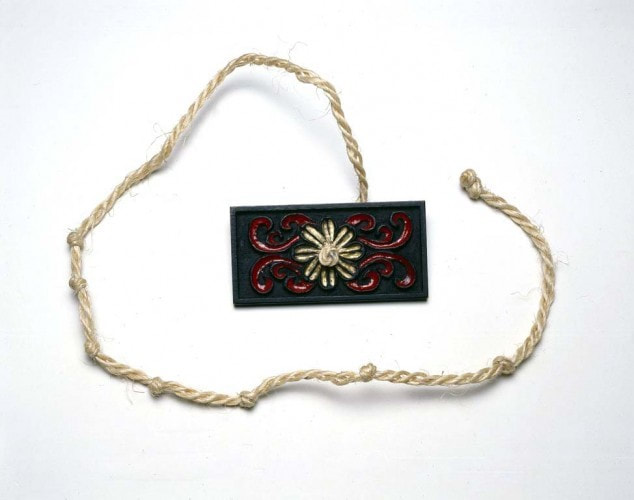
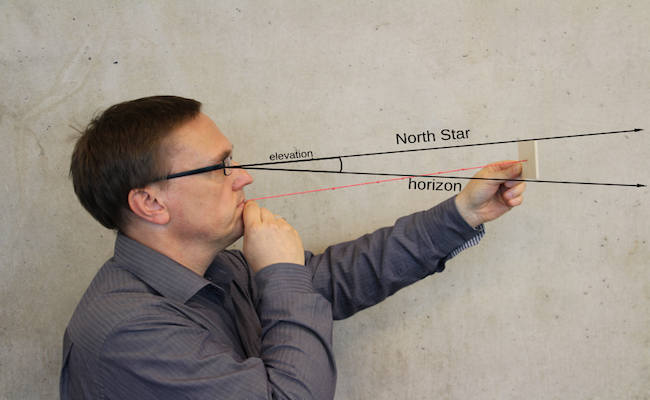




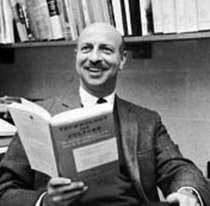
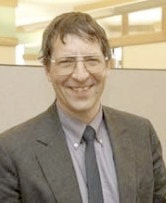








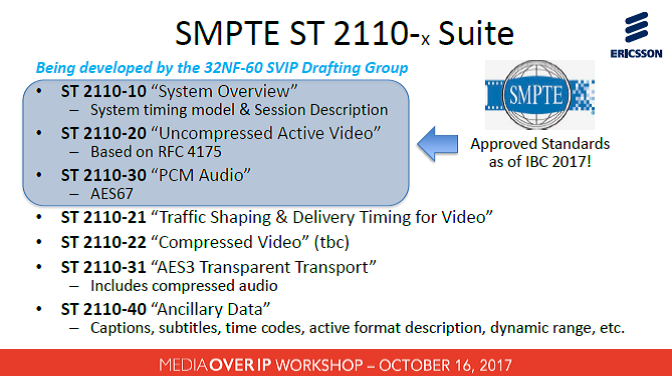
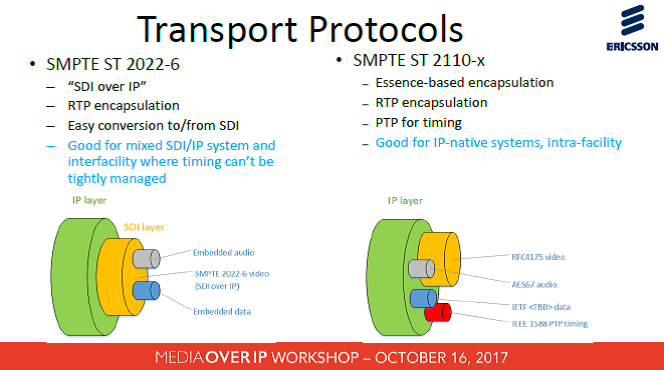
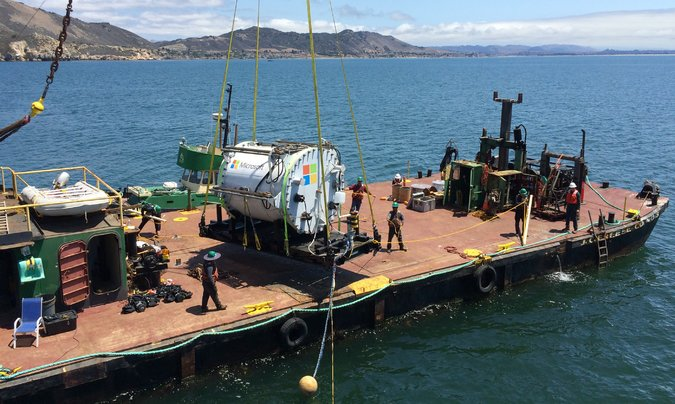

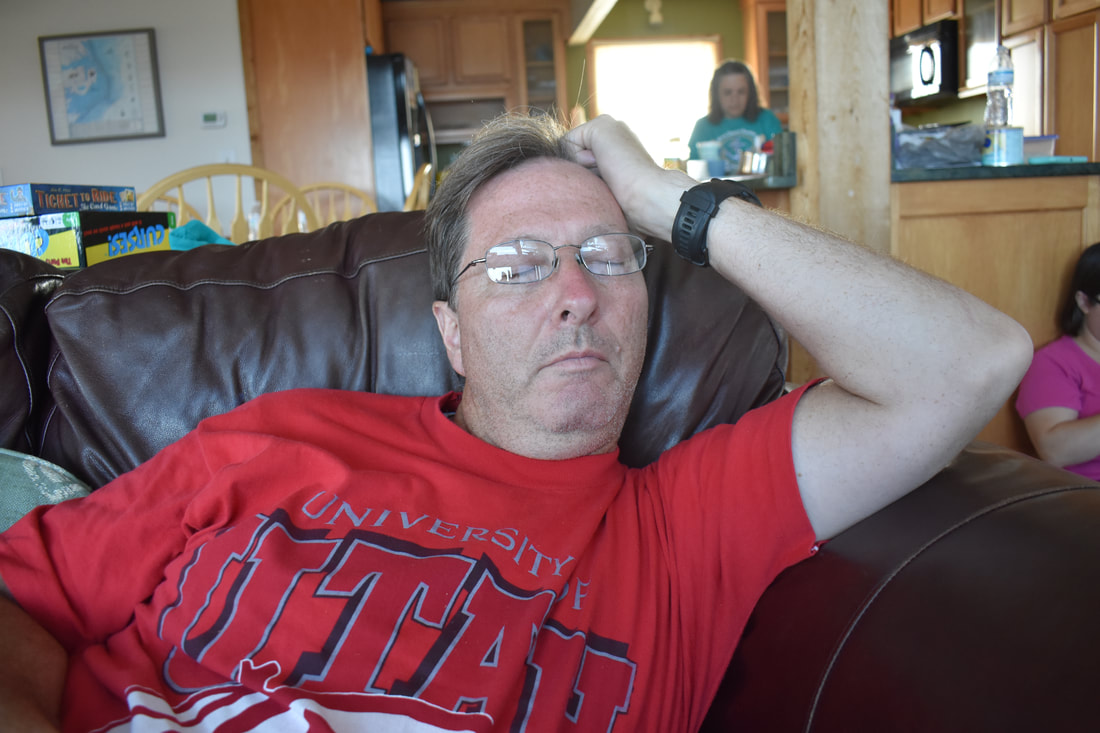
 RSS Feed
RSS Feed